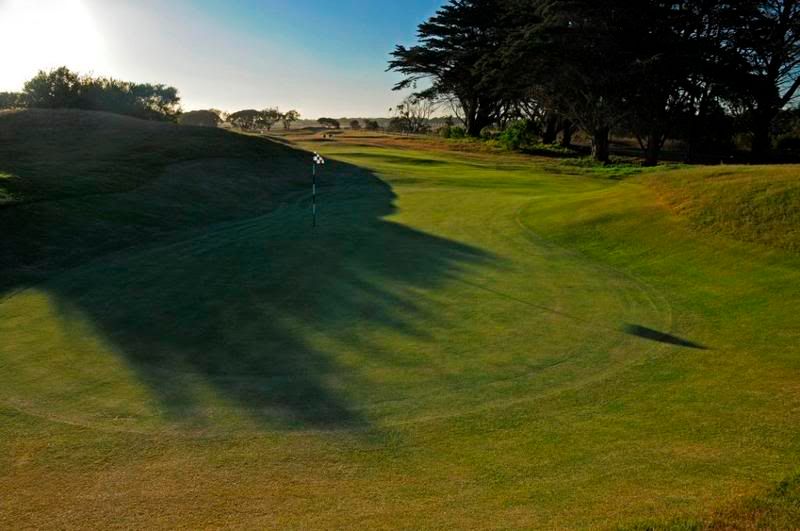My Victorian partner Paul Mogford and I have designed a new par 3 course at Barwon Heads to replace the old par 3 course that was built in the 1960's. Most of the credit for the course goes to Paul, although I chipped in with a few ideas on a couple of visits during planning and construction.
Here's a little info on the course, followed by a routing plan and some nice photos recently taken by photographer Kim Baker.
An approach by the developer of a neighbouring residential project to site a flood detention basin on Club land has enabled the Club to undertake a redesign of their existing 9-hole Par 3 layout. The developer approached BHGC with the idea of constructing a flood detention basin on club land as part of their drainage management scheme for flood mitigation.
The Club’s golf course architects Crafter + Mogford Golf Strategies were retained to advise on the incorporation of an engineered solution that would provide a storage capacity of around 7 to 8 megalitres in the retention basin. An area utilised by part of the club’s previous 9-hole Par 3 layout was deemed the most suitable area for the retention basin to be located.
The advantage to the Club would be two fold. Firstly, the basin would at times provide an additional water source with water being able to be pumped up to the main water storage facility and reused for irrigation purposes. Secondly the Club would have a completely redesigned and upgraded Par 3 course.
Paul Mogford said “the main design challenge was to create features around the Par 3 layout to disguise what would essentially be the construction of a dam wall. Three holes fall within the location of the proposed basin, with two of those holes (2 and 3) actually being built across the top of the basin wall, the balance of the holes re-routed as a consequence”.
“We have worked very hard to minimise the disruption to the natural contours of the remainder of the flood basin,” said Mogford. “In simple terms the development will see the end of a ‘valley’ being ‘plugged’ with a dam wall, which in design terms, will be made to look like a natural dune feature, with the balance of the basin constituting the natural contour. The positioning of the basin was the main factor behind the re-routing of three of the holes (2, 3 and 7), and in the creation of these holes we can utilise detailed shaping to further erode the feeling of the wall being present – the success of which I guess is for others to judge, however we are very pleased with the result. Aside from the bulk earthworks around the basin construction however, only minimal shaping will be required from the golf course design point of view. The development has taken a minimalist approach to preserve the natural links appearance around the existing layout. We also placed a permanent wetland central to the basin, which once established will provide an attractive natural setting for the surrounding holes”.
Mogford stated that in keeping with the ‘links’ style effect in play throughout Barwon Heads’ 18-hole championship course layout, similar features would be incorporated into the Par 3 layout.
“One of the main defining features of the championship course is what is often called ‘broken ground’ – areas of, hollows, hillocks and native grasses – that typically occur around and between the fairways and greens,” said Mogford. “The greens are for the most part are ‘generously’ undulating - a deliberate measure to create interesting and challenging chip and runs as well as putts. The greens are generally smallish, averaging 240m2, however we have applied our green shaping philosophies to the broader area beyond the actual putting surfaces to include most of the fairway area. In this way we have the luxury to enlarge the size of the putting surfaces in the future. There are no bunkers on the course, however the contour hazards make up for this providing reward for deft touch”.
The turfgrass selections are not standard, with couchgrass used for both greens and fairways - Wintergreen Couch for greens and Conquest Couch on the fairways. The roughs, whilst yet to be sown, will have a fescue blend seeded into the common couch which has already stabilised much of the rough area. Further indigenous planting of trees, shrubs, grasses and sedges will occur in late Autumn and Spring of 2008.
Aside from maintaining the ‘links’ style of the championship course, part of the Club’s brief to Crafter + Mogford has been to maintain the old course’s existing level of playability. The old Par 3 layout measured 784 metres, with individual holes ranging from 55 to 112 metres in length. The new course measures 807 metres with holes ranging from 71 to 113 metres, essentially maintaining the original length of the course. However, extra challenge will certainly come from the bold contouring distinguishing it from the previous layout.
Mogford concluded “From a construction point of view it was a very rewarding process. Once the bulk earthworks contractor finished their works the detailed construction began in earnest. It was very much a collaborative effort with the team including; Course and Golf Operations Manager Peter Frewin, Superintendent Mick Russell, local shaper Stephen Speechley, myself fine shaping the greens and surrounds and a number of the course maintenance staff all contributing to a great result” said Mogford.

1st green from the right side
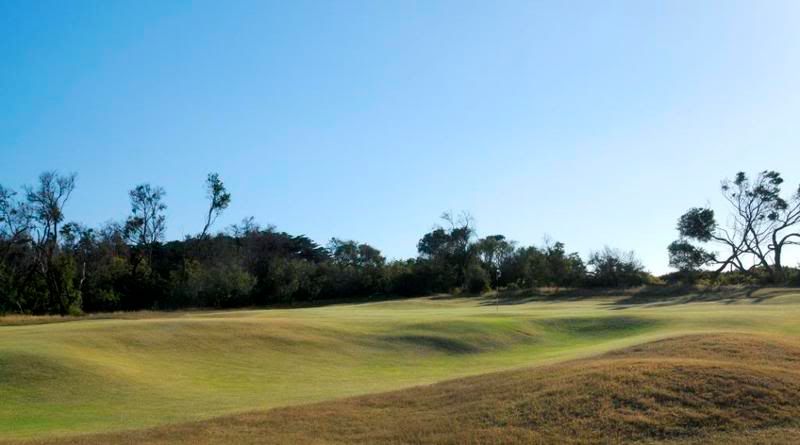
1st hole from short left of fairway
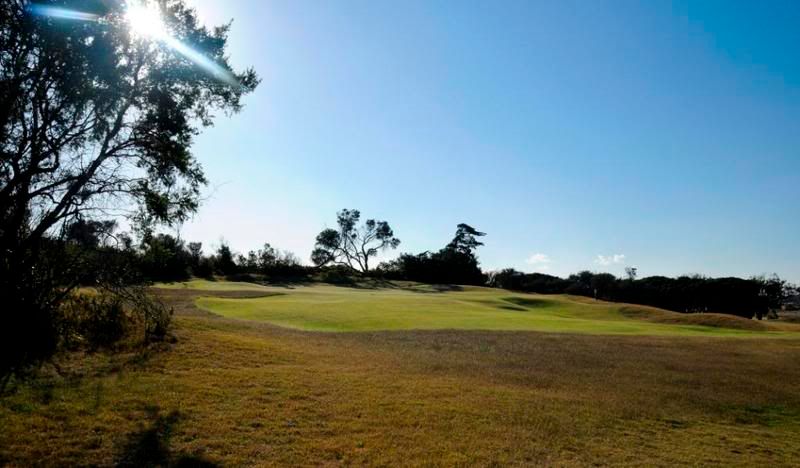
Looking across 1st green from left side
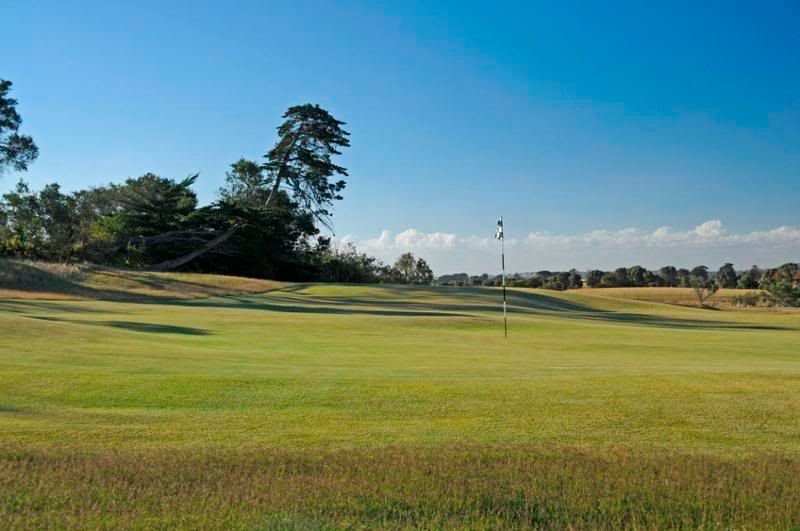
Looking across wetland to 2nd green, hole plays in from left. 16th green on main course can be glimpsed at top right
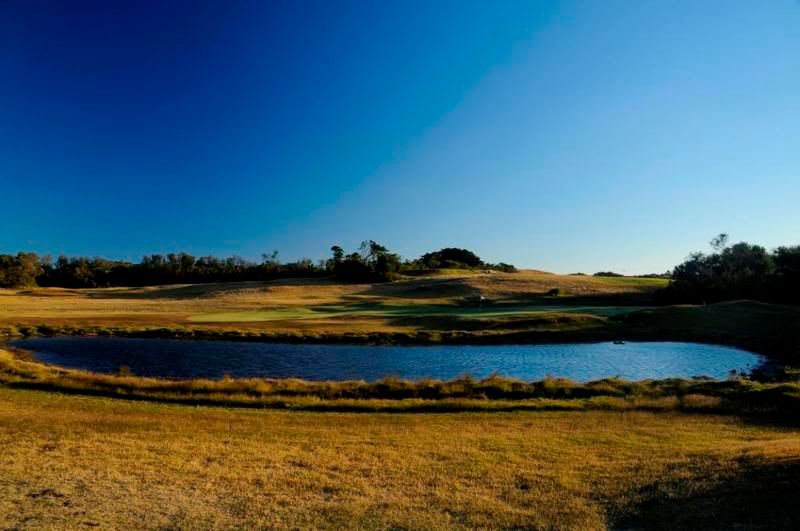
4th green from front right

View from behind 5th green with 4th hole in background
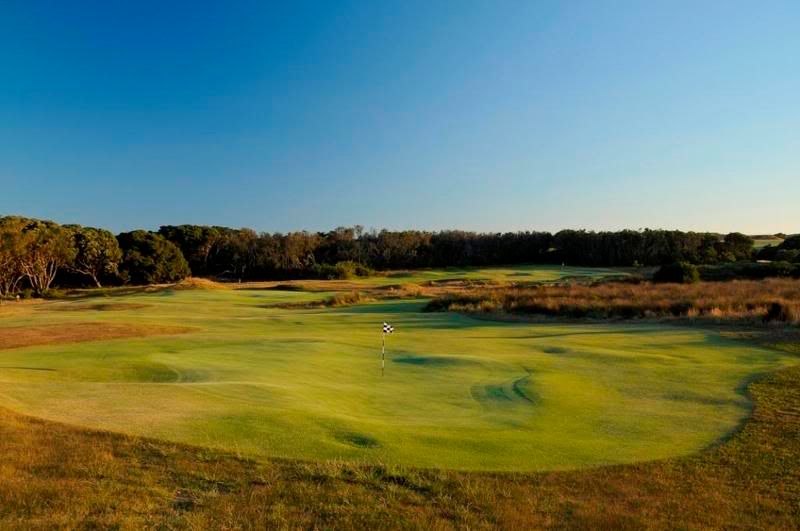
View from side of 6th green looking across to 4th hole
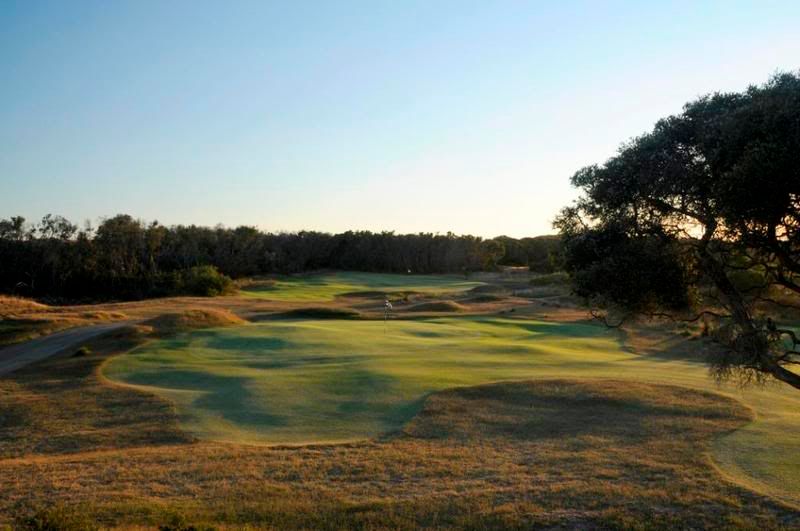
Our little 'Dell' hole homage, the 8th, as seen from behind the green. Not totally blind like the original 'Dell', more of a 'Modified Reverse Dell'!
